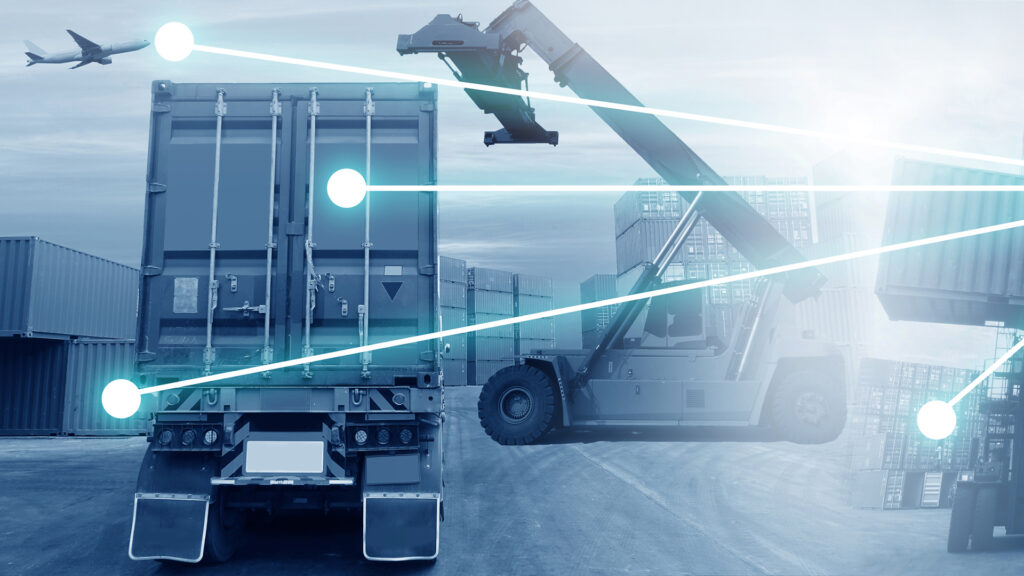In today’s interconnected global economy, the transportation of inventory is a crucial cog in the supply chain mechanism. As products move from manufacturing plants to warehouses and eventually to retailers or end-users, they pass through multiple touchpoints, each presenting a potential risk for theft, damage, or even sabotage. Consequently, enhancing security protocols in inventory transportation is not just a logistical concern but a strategic imperative for businesses operating in any sector.
The Challenges
The transport of goods often involves multiple parties, from suppliers and third-party logistics providers to freight companies. The presence of so many stakeholders makes the security apparatus vulnerable to infiltration or oversight lapses. Stakes are even higher when the cargo includes sensitive or high-value items such as electronics, pharmaceuticals, or luxury goods. In these instances, poor security can result in millions of dollars in losses and can significantly dent a company’s reputation.
Utilizing Technology
The advent of technology has added several layers of protection to the security matrix of inventory transportation. Real-time tracking technologies, such as GPS and RFID, allow companies to monitor their inventory’s precise location throughout the journey. Geofencing features can alert stakeholders if a truck deviates from its planned route. Advanced surveillance systems in warehouses and vehicles further deter potential thefts or misconduct.
Human Element and Training
While technology is an enabler, human vigilance remains irreplaceable. Security personnel must be rigorously trained to deal with various scenarios, ranging from theft and hijacking attempts to emergency procedures in case of accidents. Mock drills and continuous learning programs ensure that the human element in the security apparatus is not the weakest link.
Compliance and Regulations
Governments and international bodies are continuously updating rules and regulations that govern cargo transport. Companies must not only be compliant but should also anticipate future changes in legislation. Non-compliance can lead to fines, loss of license, and even imprisonment for key officials. Regular audits and assessments are necessary to ensure that all aspects of inventory transportation meet or exceed current security standards.
Conclusion
In a world where the cost of a security lapse can be catastrophic, safeguarding inventory during transportation is a responsibility that organizations cannot afford to take lightly. A multi-faceted approach, combining technological innovation, rigorous training, and strict adherence to evolving regulations, is the optimal strategy to mitigate risks. As we move further into the digital age, companies must continually adapt and bolster their security measures, ensuring that their inventory—and their reputation—remains uncompromised.
#security #securitycompany #warehouse #warehouseoperations #warehousemanagement #warehousesafety




